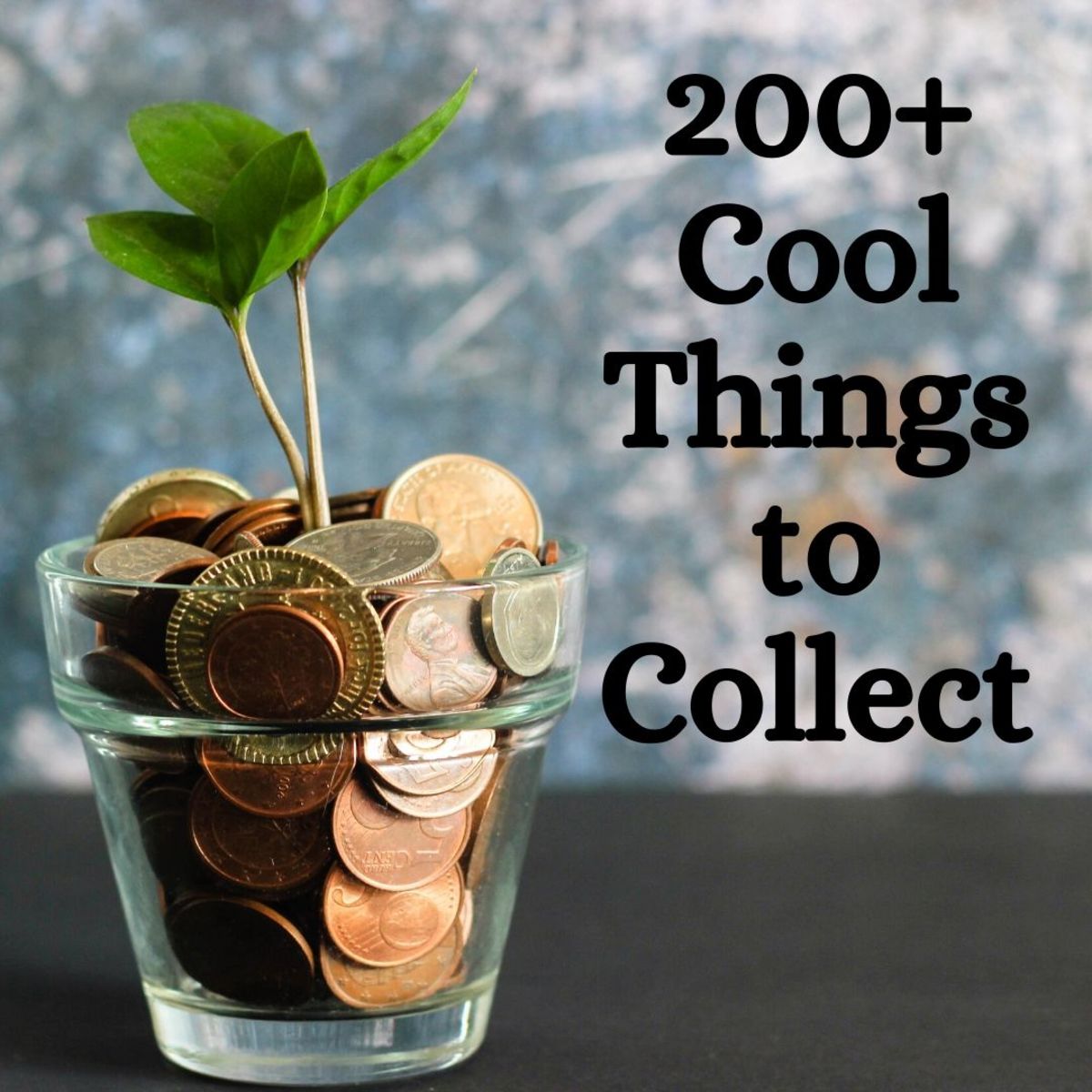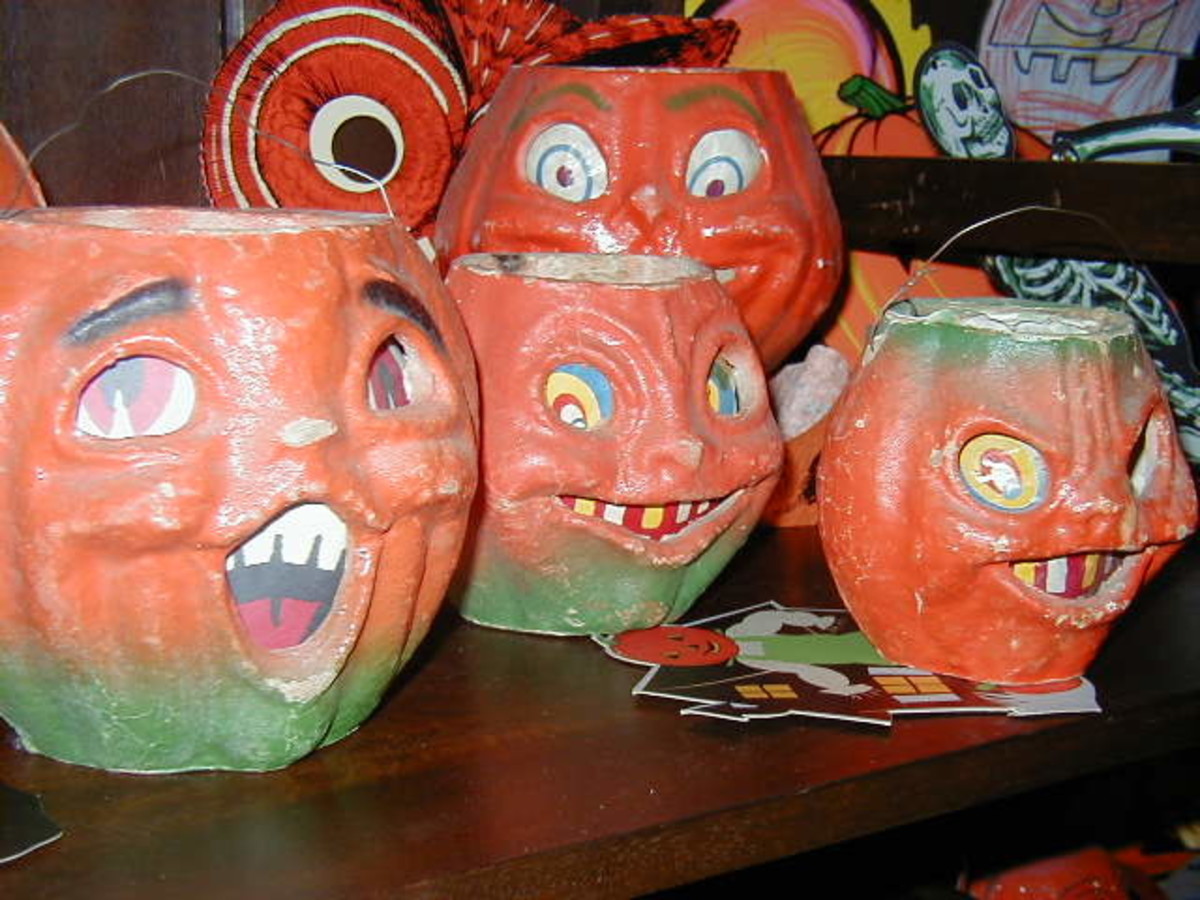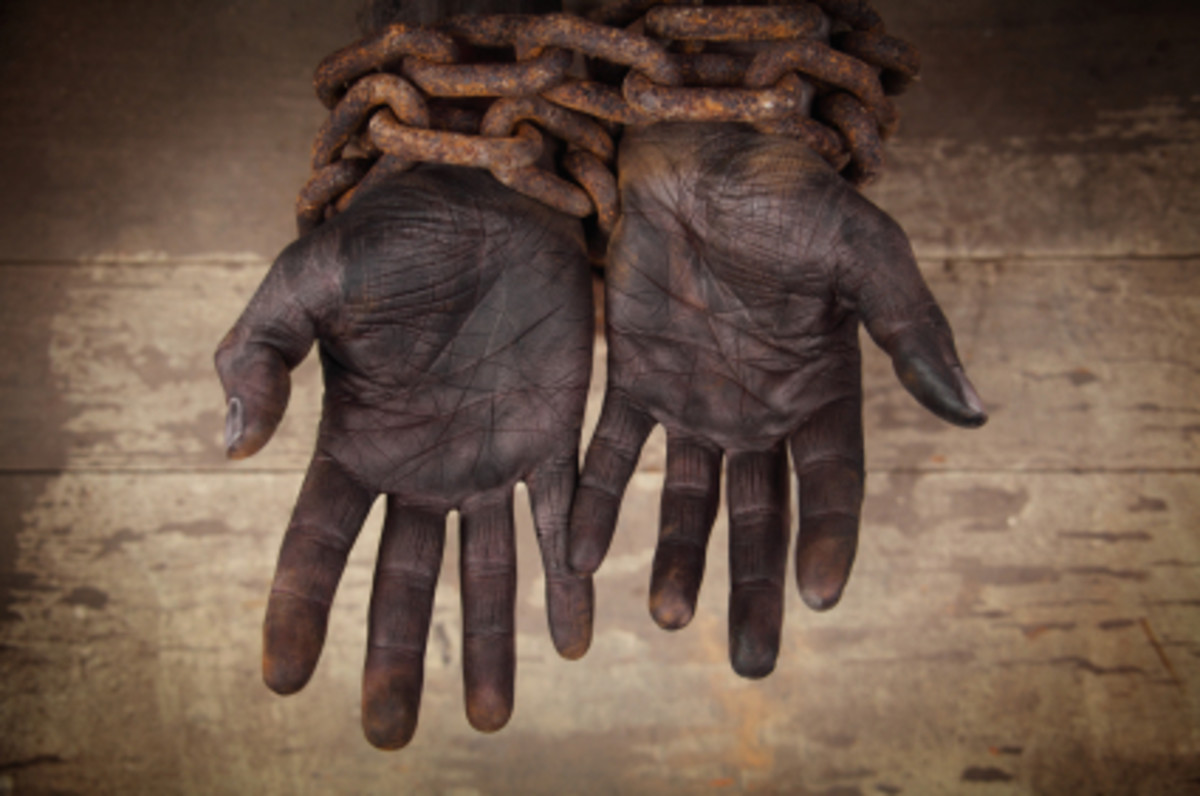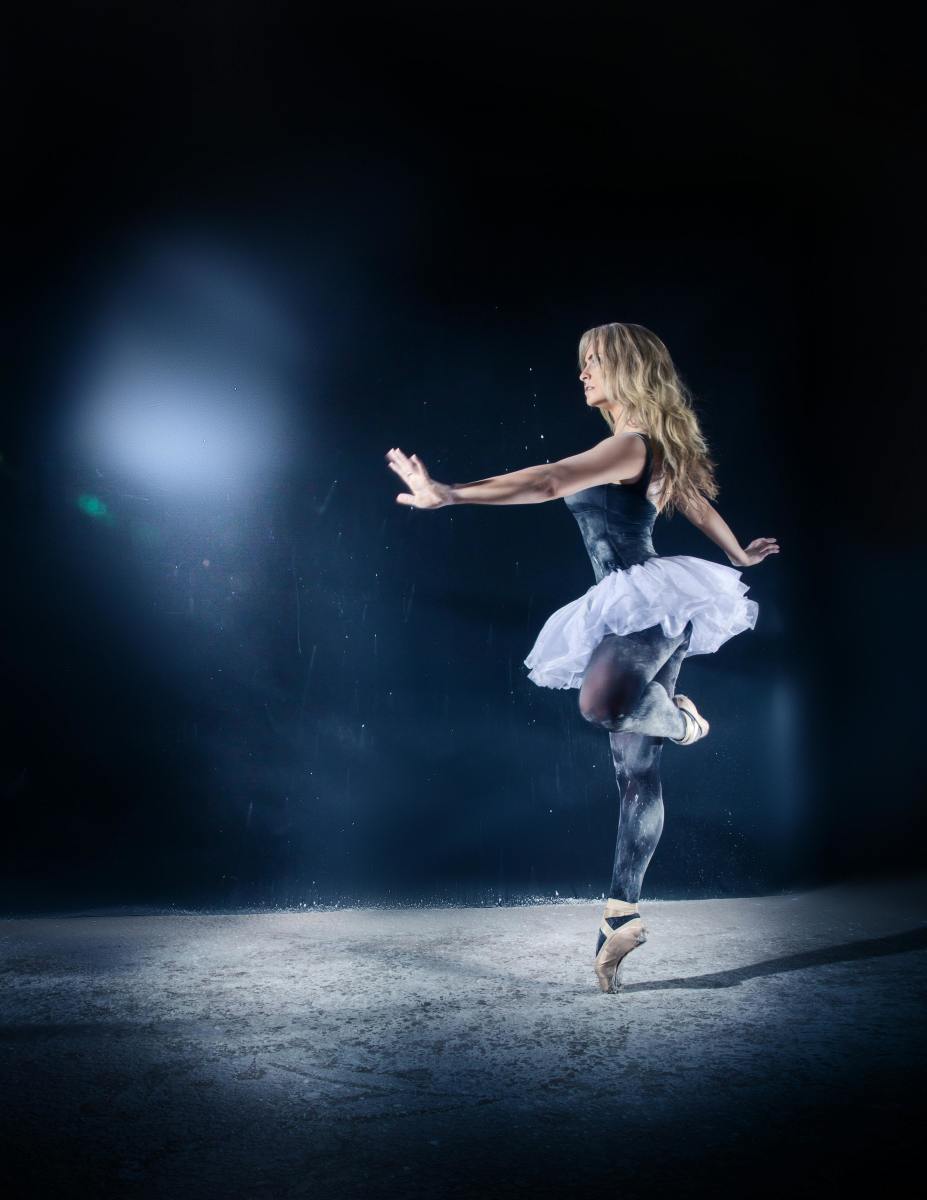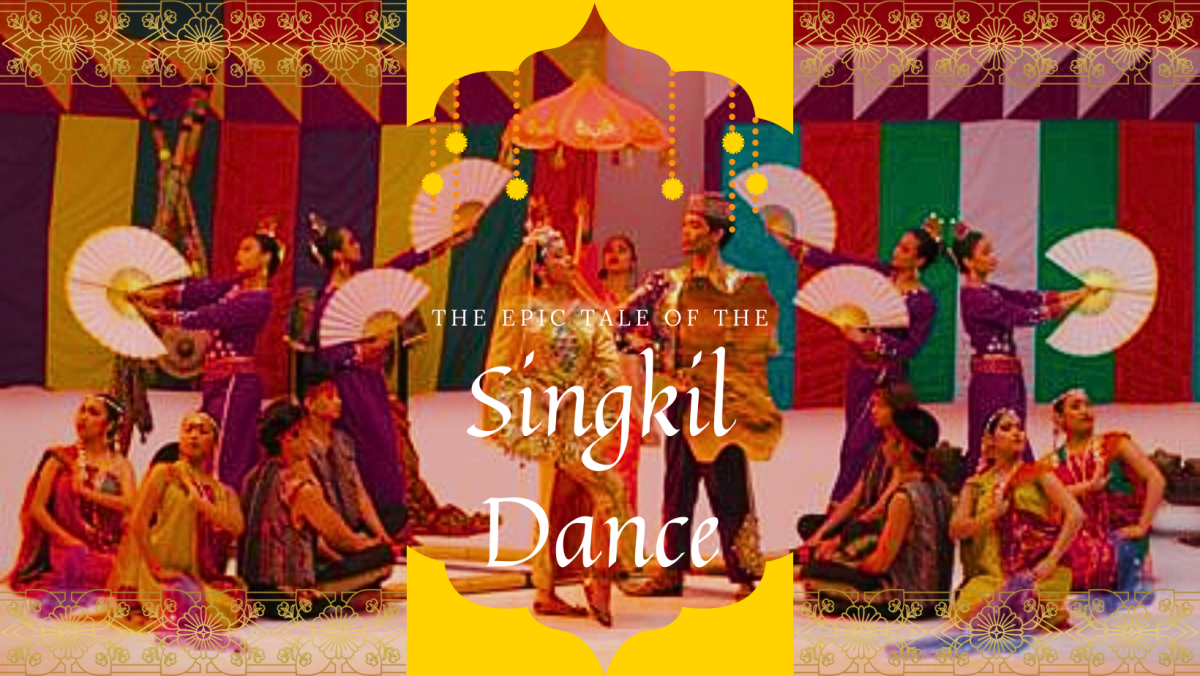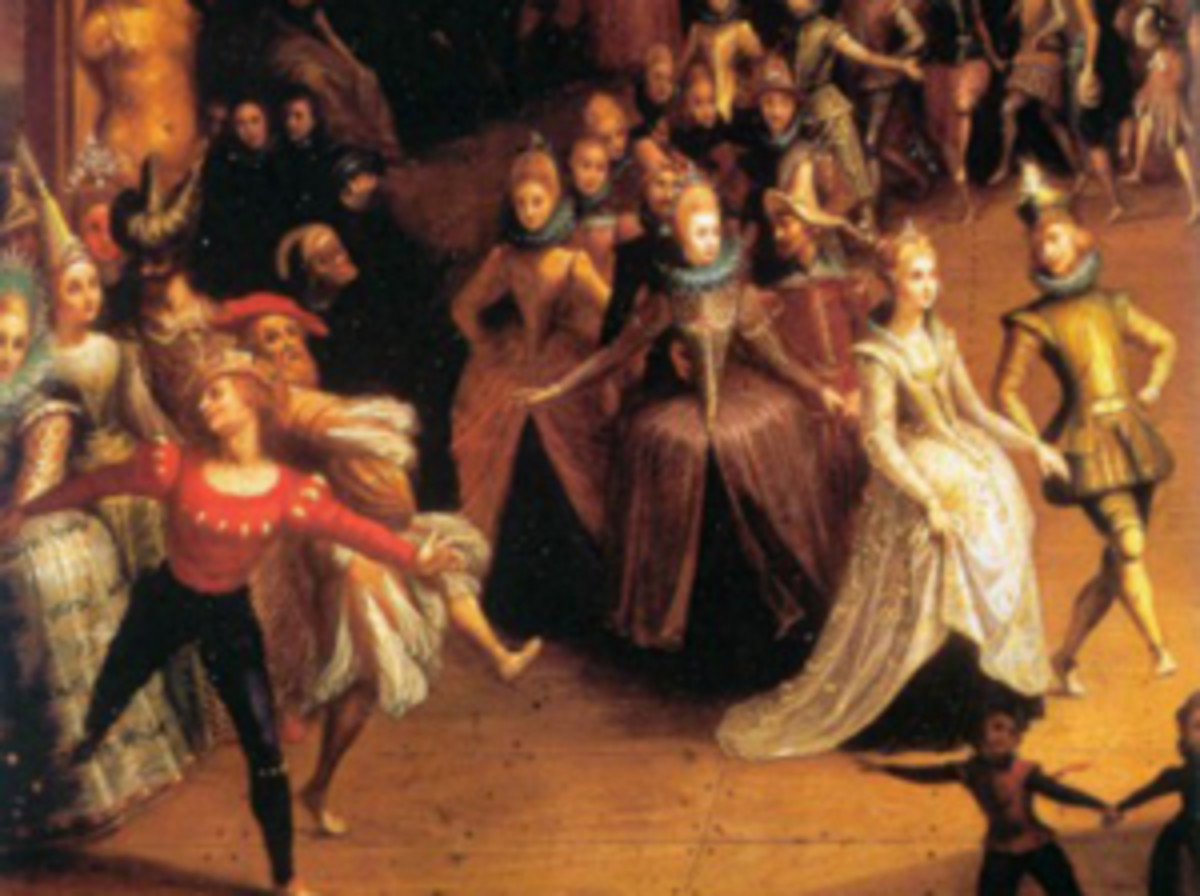Laying it Down for Tap Day
Tap's As Beautiful To Look At As It Is To Do
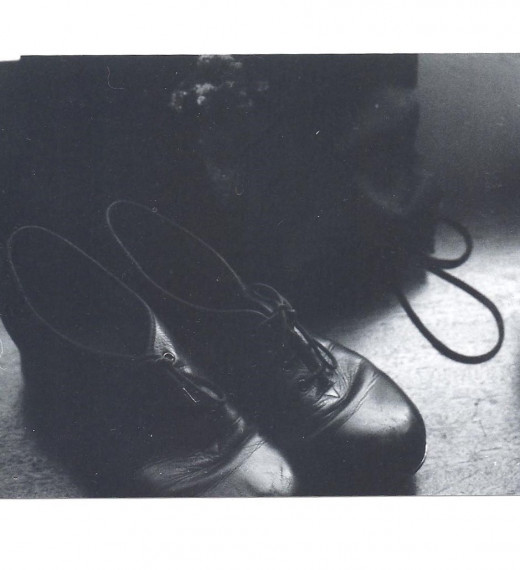
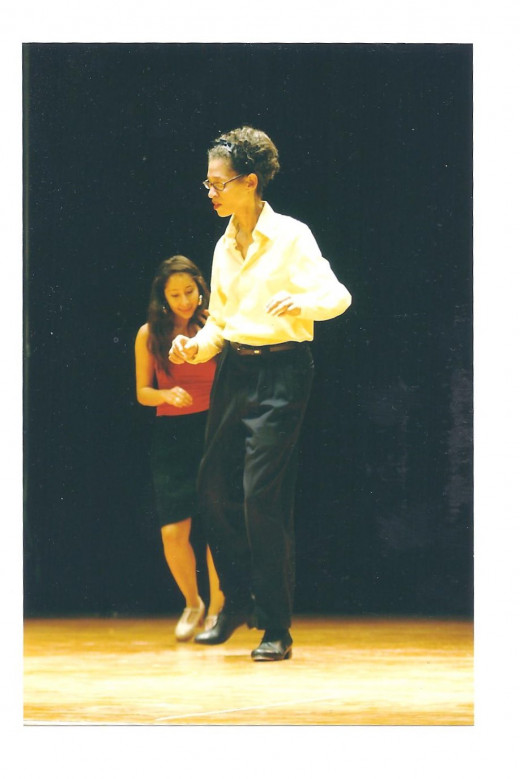
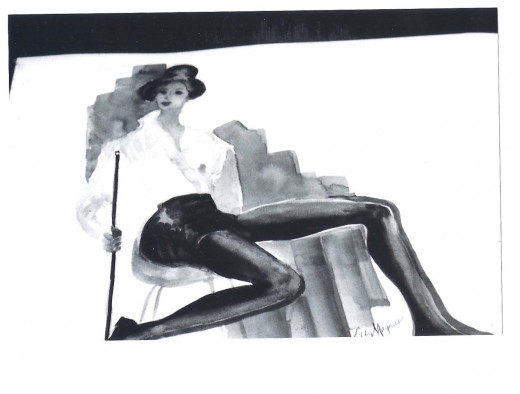
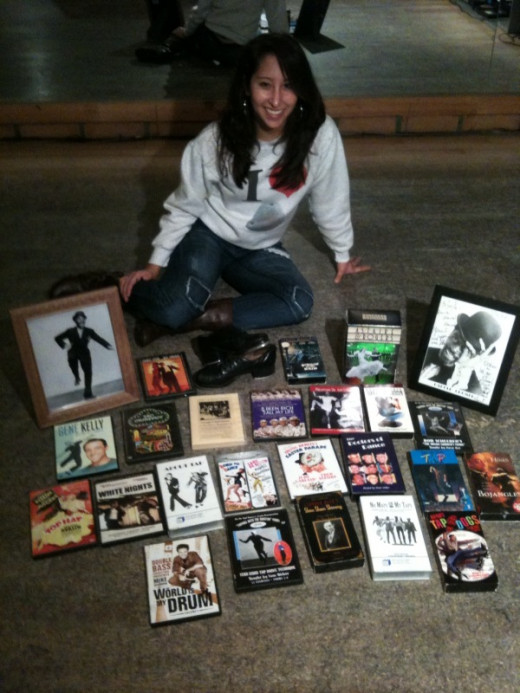
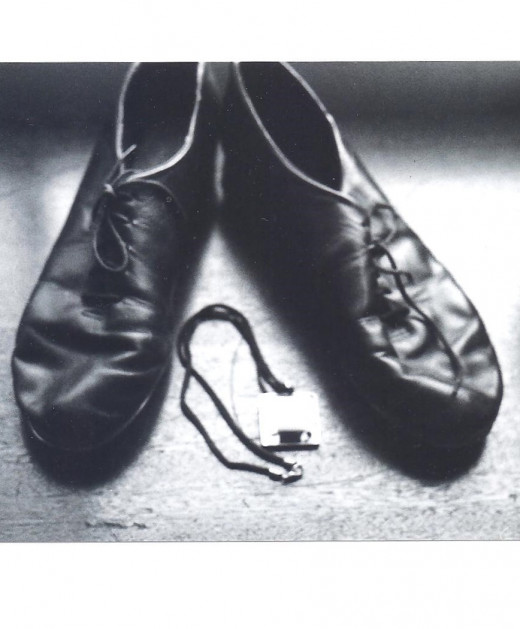
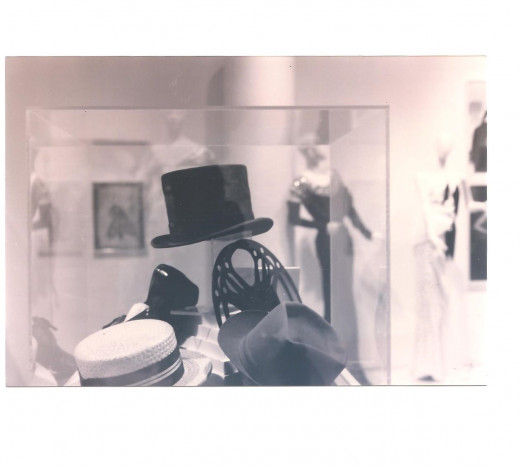
The Story of Tap Is Fascinating and Ongoing
To a tap dancer nothing's more exciting than creating a new routine inspired by a master or improvising new steps at a tap jam. Whether the style is rhythmic or flash the art form deserves to be preserved as an international phenomenon. Today a whole new group of young tappers are following Savion Glover's lead and keeping it alive for those too young to remember its heyday.
How Tap Dancing Got Its Name:
Sophisticated, yet earthy, tap evolved from a combination of dances brought over by West African slaves and Irish and English immigrants. Ned Wayburn, creator of Minstrel Misses (1902-1903) invented the word "tap" to describe the sound his showgirls made they "clogged, jigged and buck danced" in his show, and it remains its official title.
Slavery: A Heart Rending Chapter In The Story Of Tap:
Africa's contribution to tap is both heartbreaking and heroic since it's related to slavery. In the 1600's thousands of slaves were brought over, largely from West Africa, to the Americas and Haiti during the Atlanta Slave Trade. Seduced by alcohol and requests to share their local dances, many Africans were lured aboard slave ships by crews who later imprisoned them below.
Conditions aboard slave ships were horrendous. The slaves who didn't die after being abused and chained together, for months, were further humiliated by being forced to do the English Hornpipe. The dance first reached popularity during Henry VIII's rule and was a precursor to tap with its coordinated leg movements, beat and foot rhythms. This practice with the captives, called "dancing the slaves," was a form of exercise done up deck that was supposed to make them healthy. Once the ships docked the traders hoped this would help them earn a good price at the slave auctions.
Rounding out tap's characteristics, from this time, was the African custom for linking music with dance, gliding and shuffling, and improvising.
Nothing Could Stop The Slaves From Dancing:
Everything would finally come together following the 1739 Stono slave rebellion in St. Paul's Parish, South Carolina, when plantation owners forbade drum and horn playing. The Negro Act of 1740 was passed prohibiting African-Americans from "beating drums, blowing horns or the like which might cause insurrectionary activity."
Undeterred, the slaves simultaneously, "tapped" out complex rhythms with their feet and clapped their hands instead. Over time they became so skilled that during the late 1830's accomplished dancers appeared onstage. Freed slaves and immigrants from Ireland, in 1840's New York City, met under the same socioeconomic circumstances. Poor and ostracized by society, they introduced each other to Irish step, English clogging and hornpipe, and African syncopation. These various genres came together as tap dancing.
Tap history wasn't officially made, however, until William Henry "Master Juba" Lane (1825-1852), the top African-American tapper in the 1800's, lost a challenge to John Diamond, an international Irish dance star, when the two styles were showcased together.
Bill "Bojangles" Robinson:
Tap continued to evolve until it became a vaudeville standard. Bill "Bojangles" Robinson (1878-1949), one of vaudeville's biggest stars also contributed to taps "Golden Age" during the 1930's and 1940's. He was equally successful as Shirley Temple's partner in a series of Hollywood musicals. Renowned, in tap circles, for performing in wooden soled clog shoes and producing equal tones on both feet, he will forever be remembered for his eloquent "stair dance."
Producer B.G. de Silva first introduced the pair while they were making The Little Colonel (Fox, 1934). He told Temple that Robinson was going to choreograph their dances for the film. Through a simple "hand squeeze" method, between them, he taught her the "stair dance" to creating one of the film's most memorable scenes. While his fan base grew even wider, beyond the East Coast, her performances helped tap go mainstream and started a trend for studio taught tap. Enrollment rose significantly as little girls filled classes hoping to be discovered doing the time step or the Shim Sham Shimmy.
The Golden Age Of Tap:
What really made the 1930's and 1940's "the golden age of tap" was the prevalence of tappers working on Broadway, in nightclubs, and in films. Fred Astaire and Gene Kelly were two of the most prominent stars and the Nicholas Brothers were the top African-American stars. Characterized by their acrobatic splits, leaps and slides, in perfect unison, this "class act" that included Fayard (1914-2006) and Harold (1921-2000), danced so smoothly audiences are still amazed when they see them in Down Argentine Way (1940), Orchestra Wives (1942) and The Pirate (1948).
Tappers Who Collect What They Love:
Besides experiencing the joy of tap dancing by actually performing and teaching it to others some tappers collect memorabilia also I interviewed Rusty Frank, tap/swing dancer, dance preservationist and author of Tap! The Greatest Tap Dance Stars and Their Stories 1900-1955 and Sarah Reich, fellow tapper/teacher/choreographer about their collections and came away feeling that tap really is a dance anyone can appreciate whether they actually do the dance or not.
Q and A with Rusty Frank:
Rusty Frank is a very focused collector who concentrates on autographs, sheet music covers and tap how-to books.
V.M.: Why do you collect sheet music covers?
R.F.: I've always loved them because they're very colorful and well-done. I also love that tap dancers appeared on a variety of them.
V.M.: How long have you been collecting them?
R.F.: Since 1992.
V.M.: How much do you pay for them?
R.F.: They cost about $1 on up, depending on their condition.
V.M.: What other type of collectors would like collecting sheet music covers?
R.F.: Art collectors, especially if they found covers rendered by Erte, John Held and Al Hirschfield.
V.M.: Where's the best place to find them?
R.F.: At antique stores and through a reliable antiques dealer.
V.M.: Are there any last words you'd like to say to encourage others to collect sheet music covers?
R.F.: They're easy to store and a great representation of African-American tappers like Bill "Bojangles" Robinson and other dancers who performed at the "Cotton Club."
Sarah Reich's Collectibles Story:
While Rusty Frank prefers collectibles that're aesthetically pleasing and significant, Sarah Reich, would rather collect videos with amazing footage to study and "rip" (copy).
"I started collecting them at 12 when I was studying with Paul and Arlene Kennedy at Universal Dance Designs," she said. "This woman, Zelda, was taking classes there too and she came in one day with a Trader Joe's bag full of tap videos. She told me I could borrow them to copy. They were great because she'd videotaped everything that had tap dancing in it from documentaries to television shows."
A regular at tap festivals, such as The Bob Scheerer Tap Experience that was held in New York City in May 2010, and collaborator with Steve Zee and others worldwide Reich feels a beginning collector should start with two documentaries by George T. Nierenberg, About Tap (c.1980's) and No Map On My Taps (c.1980's). Next they should get the movies Tap, Bojangles, Cotton Club, Bootmen and Singin' In The Rain.
"I have about 50 tapes and pieces of tap dancing footage including DVD's/films starring Fred Astaire, Gene Kelly, Jeni LeGon and Eleanor Powell," she said. "My most prized is one I acquired from a friend with footage of a lot of different dancers performing throughout different eras.
She insists top places to purchase tap videos/DVDs is either through www.amazon.com or by calling the movie studios directly. At $20 to $30 their prices are budget friendly.
"When I started collecting it was a hobby but then it became a contest, with my tap friends, to see who could get the most footage. Now we trade whatever's worthy," she said.
Counting Coles and Atkins' "soft shoe" and Gregory Hines; audition scene from Tap as two of her favorite sequences to study she also likes Rusty Frank's instructional DVDs and the documentary about Leon Collins. Footage from her own performances at tap jams, and other events, are part of her collection too.
National Tap Dance Day:
May 25 is National Tap Dance Day, and also appropriately enough Bill "Bojangles" Robinson's birthday. Created by Carol Vaughn, Nicola Daval, and Linda Christensen it was authorized legally by President Bush in 1989. Since its inception a whole new group of tappers, from Chloe Arnold to Jason Samuels-Smith and Acia Gray, have come onto the scene and kept the art form exciting and alive. Through them the history of tap dancing will continue to grow and maintain a strong presence in the future.
Doing Your Thing At A Studio
Is Tap Your Thing Or Not?
Do you like tap dancing?
It's Always Fun Going To Tap Class
"Miss Cherylann at Little Feet Dance Academy" : Celebrate "National Tap Dance Day," Sunday, May 25, 2014. (818) 935-8740.
Keeping In Touch With Fellow Tappers
- chloearnoldnew
Chloe Arnold is International Tap Star, LA, NY, Tap Dance - Sarah Reich - The Official Website
www.sarahreich.com - RUSTY FRANK - Performance and Lessons in Lindy Hop, Swing Dance, Balboa, Charleston, Collegiate Shag
Performance and Lessons in Lindy Hop, Swing Dance and Tap Dance by Rusty Frank and Her Rhythm Pals - MissCherylann.com
Miss Children's Dance Instructor available throughout southern California for instruction and private parties as well as performance. Specializing in ages 3-9.

